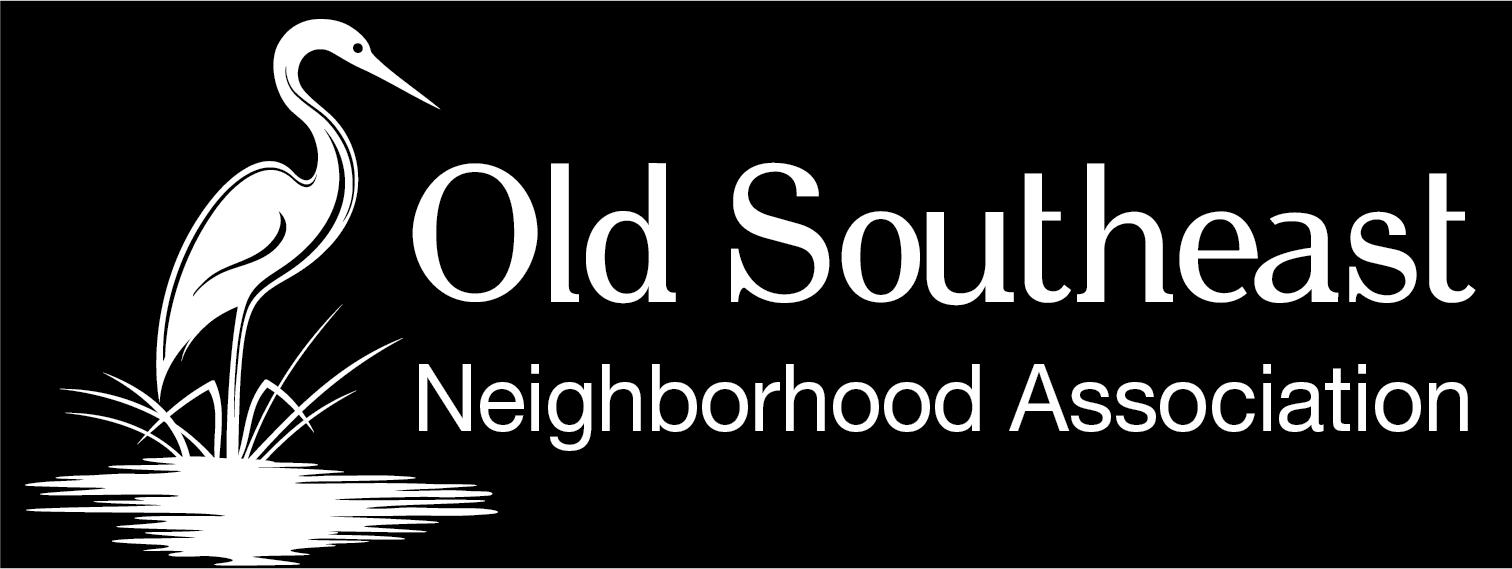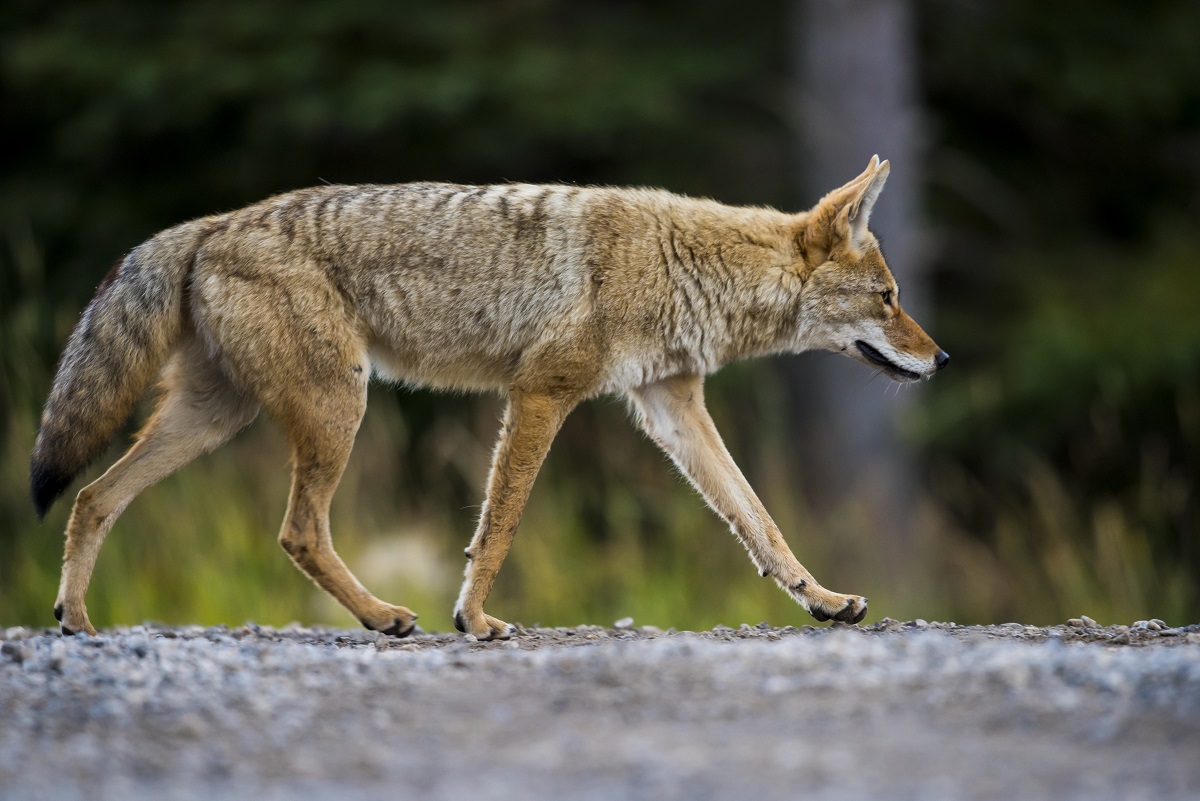Letter to OSE from Florida Fish And Wildlife Conservation Commission (FWC)
Coyotes are a native species and a natural part of Florida’s landscape as well as an important part of the ecosystem. Coyotes have adapted very well to urban environments, so it is not unusual or alarming to find them in communities such as yours. Coyotes are naturally fearful of humans and generally do not represent a risk to public health or safety, but there are some things residents can do to further limit the chances of an unwanted encounter. We try to be proactive in educating the public about what they should do if they are ever to encounter a coyote as many people are alarmed if they unexpectedly encounter one in their area.
Please feel free to share any of this information with the residents in your community. I often find that when several people from the same community have reached out to me, it is very likely they are reaching out to the community organizations as well, so this is simply a resource for you to use however you see fit. If you have any questions or concerns, feel free to reach out anytime. Please find information below and click on any of the hyperlinks in blue to learn more.
Our primary role as the regulatory authority supporting conservation of Florida’s wildlife involves education.
Coyotes are generally not a threat to people and are usually easily scared off. Killing and removing coyotes from a community can open a space for others to move in. Coyotes are highly organized in their social structure and removing one or two individuals can disrupt that hierarchy and cause more young to be born at a faster rate. Coyotes can also benefit the ecosystem by providing natural, effortless pest and rodent control. To reduce your chances of a negative encounter, we recommend the following:
Step 1 – Secure Attractants:
Secure all attractants, also known as human related food sources, (pet food, garbage, bird seed, fallen fruit, etc.) as this is commonly what brings coyotes to the area.
- Pet food is one of the leading attractants of coyotes. If you feed outdoor pets, only feed what they can eat in a short time and then remove the food and dishes, along with any spilled food.
- Trash should ideally be tightly closed to prevent feeding and only put out to the curb on trash day. Dumpster areas should be kept clean and free of debris.
- Bird feeders should be raccoon-proofed with a baffle, and spilled seed should be cleaned up regularly
- Pick up fallen fruit from fruit trees
Human neighborhoods are full of food sources for coyotes. Contrary to popular belief, coyotes are true omnivores and eat a wide variety foods. In Florida, about half of a coyote’s diet is made up of plants and insects. The remainder tends to be small mammals, particularly rodents. To put in perspective how feed-dense human areas are for coyotes, consider this: A coyote living in remote areas away from humans generally has to patrol about 15 sq mi to find all the food it needs to survive. Coyotes in residential areas only need to patrol about 3 sq mi. Removing these accidental food sources removes a lot of the incentive for a coyote to linger in an area.
Domestic animals (pets and livestock):
Pets are best protected when they are accompanied by their owner even in a fenced yard, kept inside, and walked on short (6 foot) leashes.
If there are stray or feral cats in the community, immediate modification to feeding stations and schedules are needed to ensure coyotes are not being attracted to the food as well–set specific time(s) of day, provide time limits, be present during entire feeding session, and remove uneaten food, bowls, and containers immediately rather than leaving it throughout the day or night to be eaten.
Keep in mind that feeding coyotes, raccoons, foxes, bears, alligators, pelicans, and sandhill cranes is illegal per Rule 68A-4.001 General Prohibitions. If you believe someone is feeding coyotes, you may report it to the Wildlife Alert Hotline (888) 404-3922. Feeding does not have to be intentional to be a violation; leaving food out in a manner that attracts coyotes, such as bowls of cat food left out at all times, or consistently leaving out trash that coyotes can access, is still a reportable offense.
Step 2 - Hazing:
Reinforce the coyotes’ fear of humans with sudden loud noises and threatening gestures:
- yelling, deploying air horns, pots and pans, aluminum cans filled with nuts, stones, or coins
- squirt with a water hose, slingshot, paintball gun, to deter coyotes
- installing motion activated deterrents in your yard; alarms or sprinkler styles work well.
This video shows staff scaring a coyote off a golf course using hazing. These coyotes had been present in the area for a while and had not been appropriately hazed. You can see how indifferent towards humans coyotes can become if they are not encouraged to leave. When you haze any animal, you should do so until the animal leaves the area completely. Do not stop if it simply moves a short distance away, as this will teach the coyote that it only needs to stay slightly further back. Instead, continue hazing until the coyote is out of sight or is moving away without pausing or looking back.
Remember, coyotes do not necessarily generalize their fear of humans to include homes or buildings. Even a coyote that responds readily to hazing or actively avoids humans will come very near a home if there is no obvious human activity outside at that moment. It is important to keep trash and other attractants away from the home itself, otherwise you are inviting the wildlife to get too close for comfort.
Legal options:
Removal options are available if the coyote(s) exhibits nuisance behaviors as defined in our nuisance rules. Presence is not an indicator that the coyote is a nuisance, and non-lethal options as listed above are recommended before exploring lethal or trapping options. The nuisance rule defines nuisance behavior as:
- causes (or is about to cause) property damage,
- presents a threat to public safety, or
- causes an annoyance within, under or upon a building.
Keep in mind coyotes are difficult to trap with multiple coyotes adding to that difficulty. If you or anyone in your community have any additional questions or concerns, feel free to reach out via email to OSNA as we will remain in contact with FWC.

